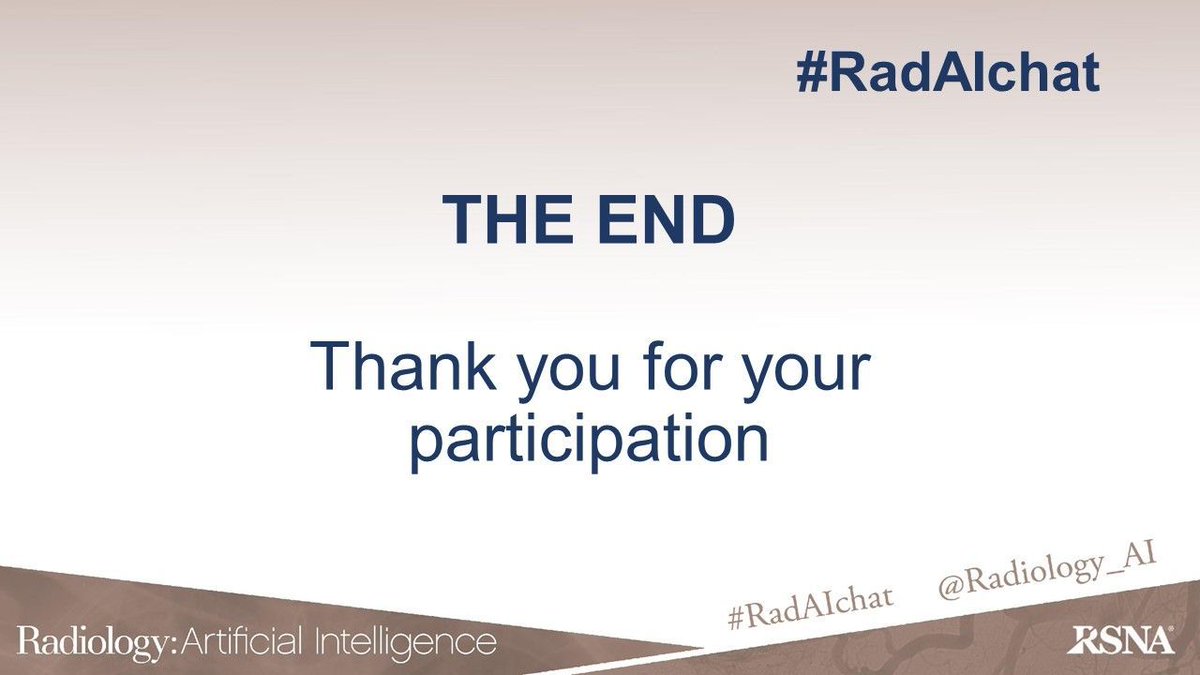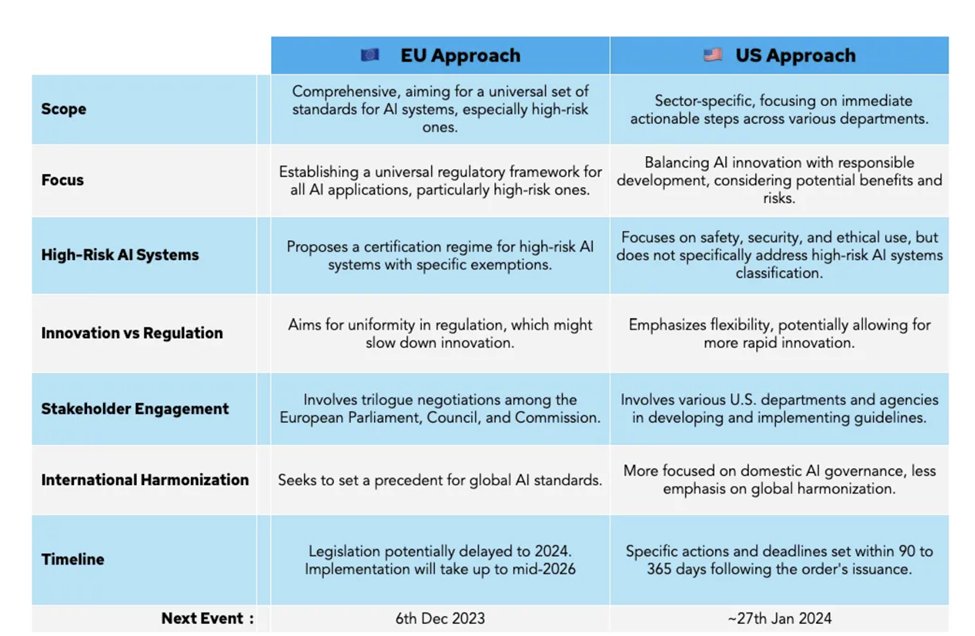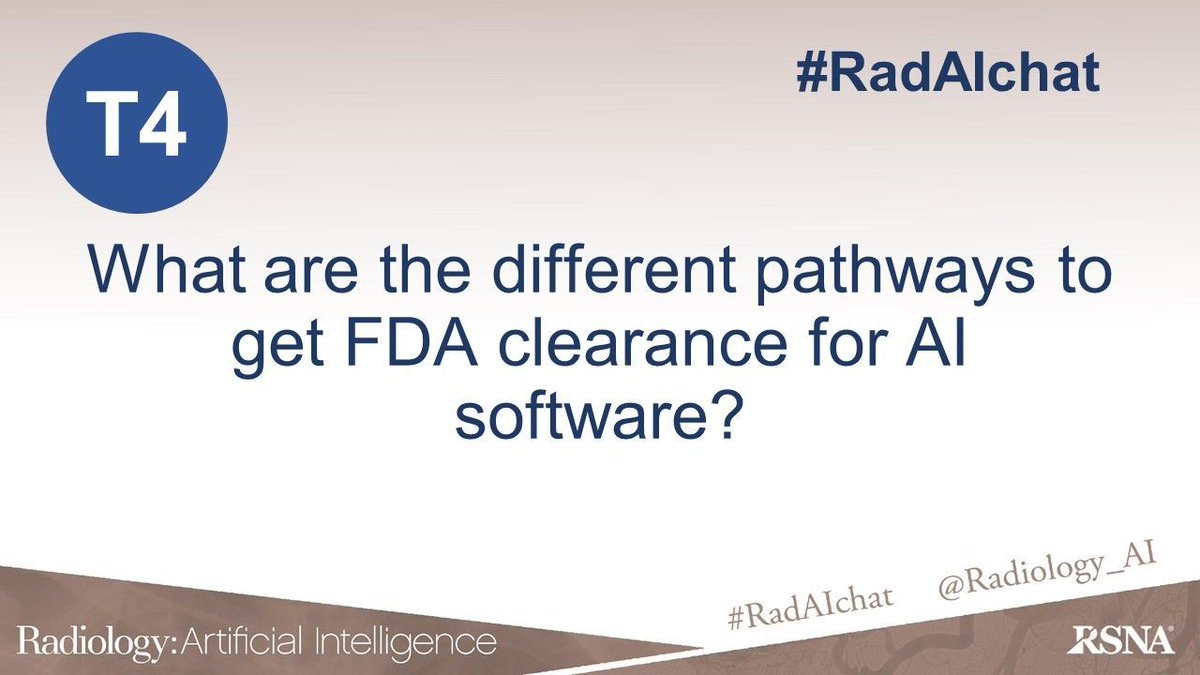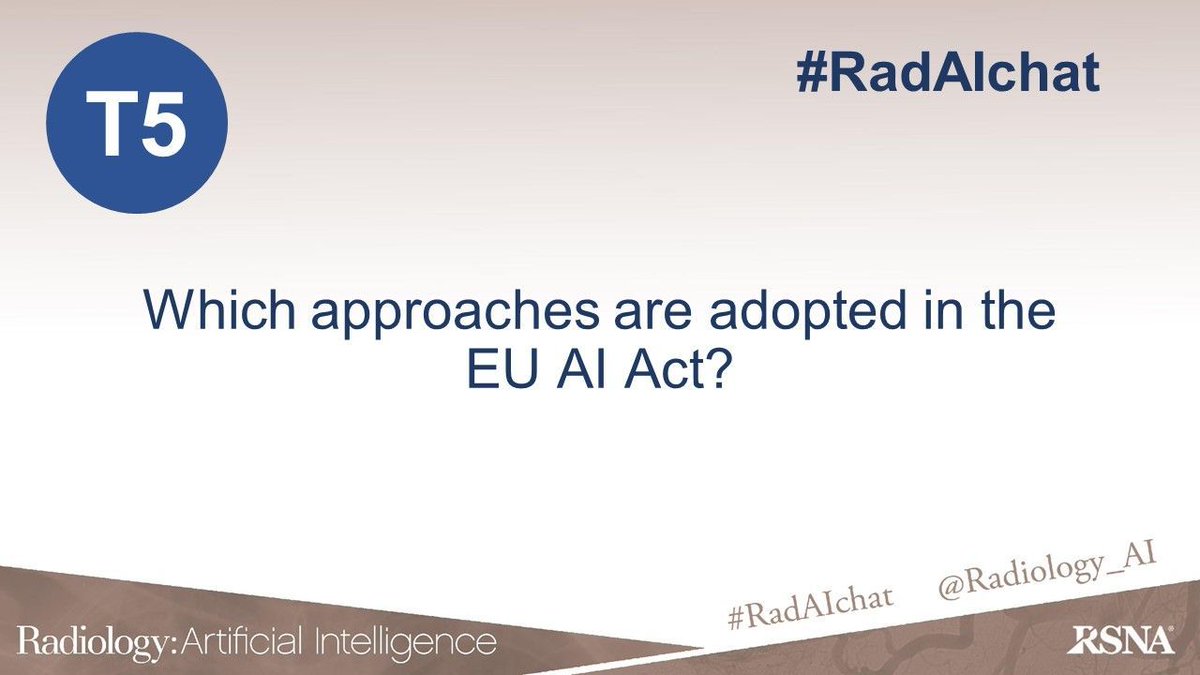
T1 Saliency maps are used to mitigate the “black-box” nature of AI algorithms. Arun et al. highlight a major limitation of the saliency map technique, including limited repeatability/reproducibility on localization, segmentation and detection tasks in medical imaging. #RadAIChat
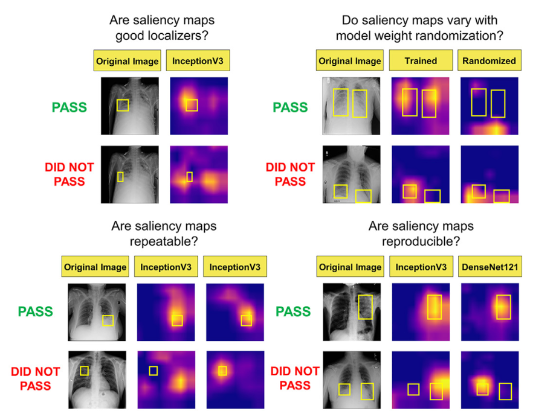

T2: I personally love this explorer: artificialintelligenceact.eu/ai-act-explore…
It allows you to search anything specific within this heavy document.
Save for later!
#radAIchat
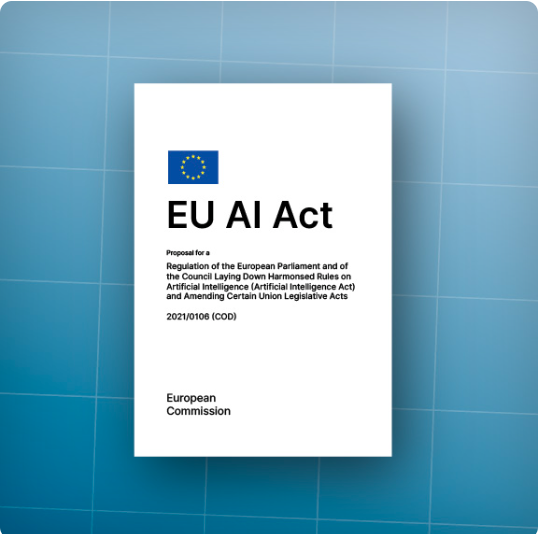

T1 Availability of well-annotated datasets is a major bottleneck in medical deep learning algorithm development. Candemir et al. described model training strategies that could be used when there are limited datasets available. #RadAIChat
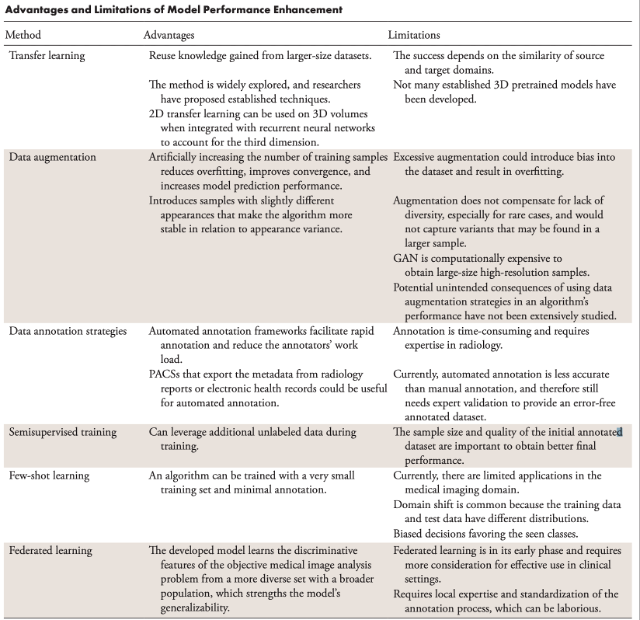

T1 Performance of a FLAIR lesion detecting algorithm developed at one institution was deployed at another one. But authors showed that adding small amount of highly relevant training data from the outside institution allowed full performance to recover. #RadAIChat
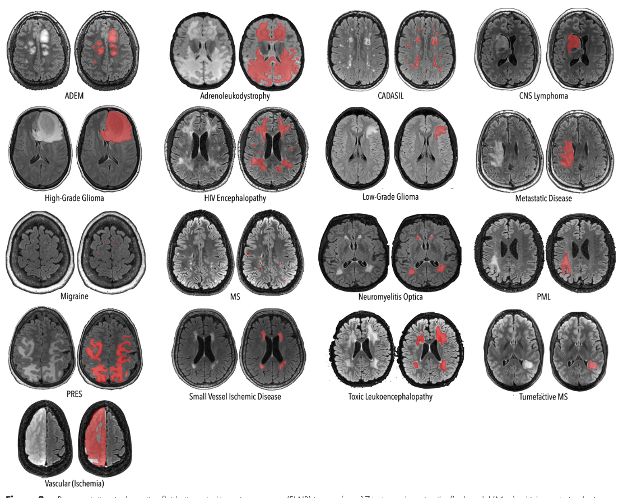

T1 Tushar et al. utilized a rule-based algorithm to extract labels from free-text radiology reports, which were used to train deep learning models to classify multiple diseases for three different organ systems from body CT scans. Impressive! #RadAIChat
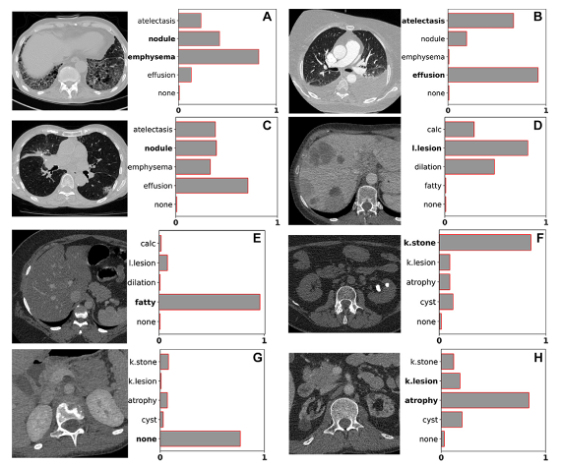

T4: again, risk based approach is key.
One of the things different from the Medical Device Regulation is more stringent monitoring.
Can you name any more differences? (there are many)
#RadAIChat
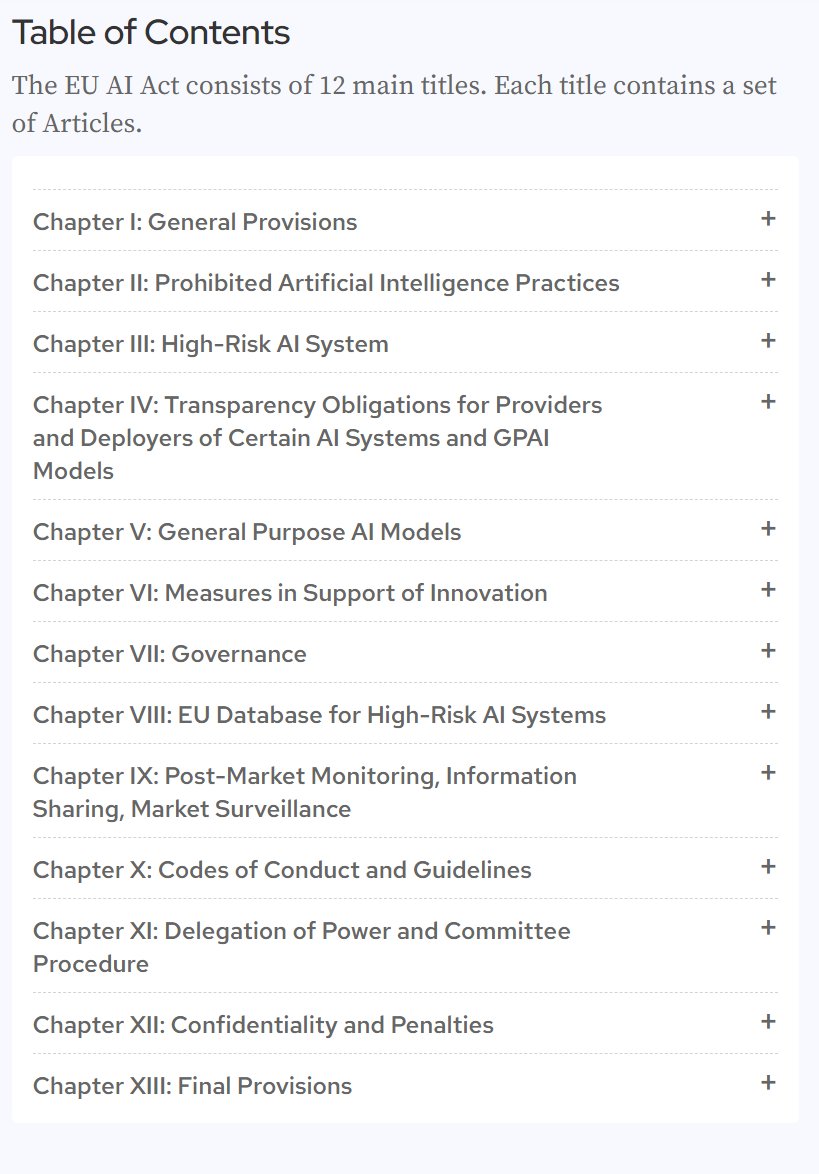

Thank you for sharing this! I like the presented approach for improving ground truth. #RadAIchat Is there role of AI algorithms in the pipeline for generation of high quality ground truth/reference standard?
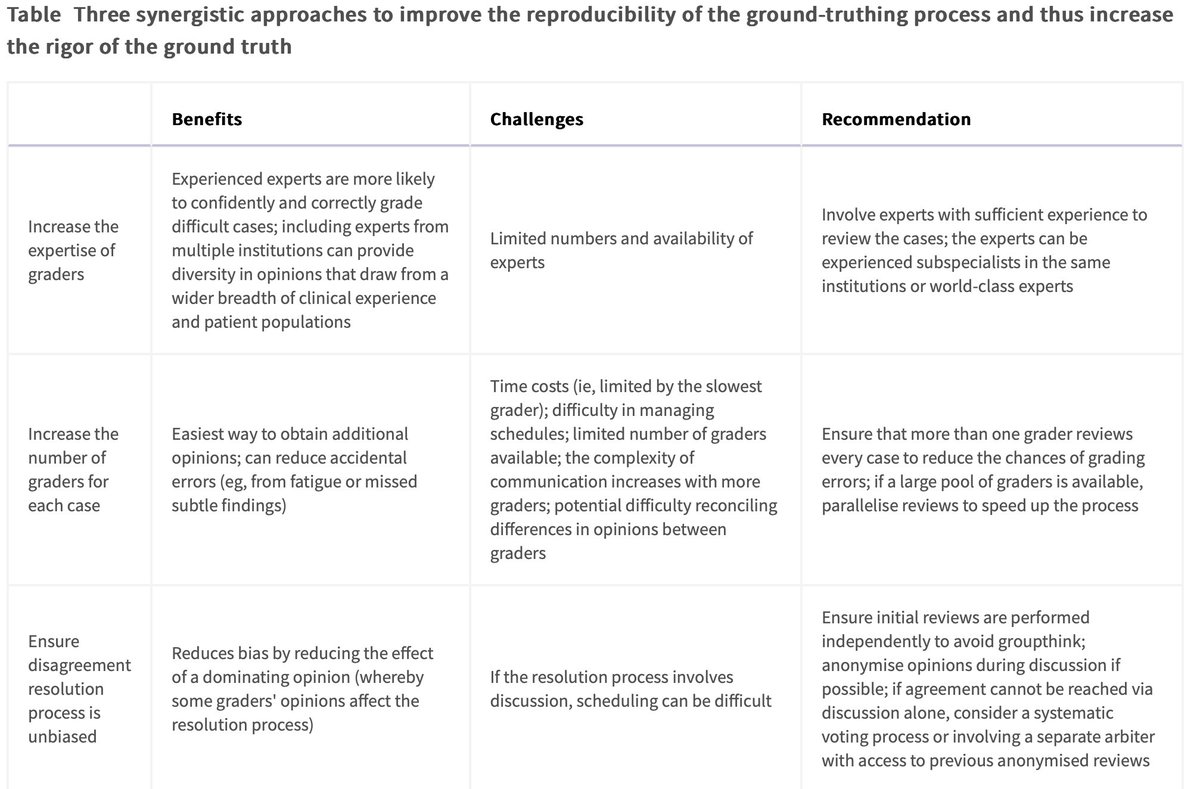

Connect with #AI experts and radiology colleagues! Join the #RadAIchat tweet chat: 1st Wednesday of the month at 8pm Eastern Time RSNA pubs.rsna.org/page/ai/blog/2… #ML #Radiomics #ArtificialIntelligence
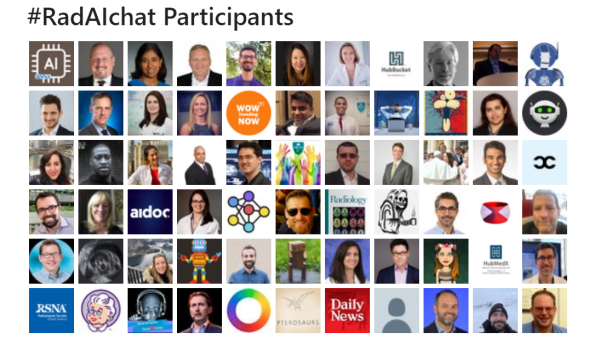

T2: The EU AI Act will come into force soon.
A key concept is the risk-based approach.
All medical AI = high risk
#radAIchat
follow Hugh Harvey for updates
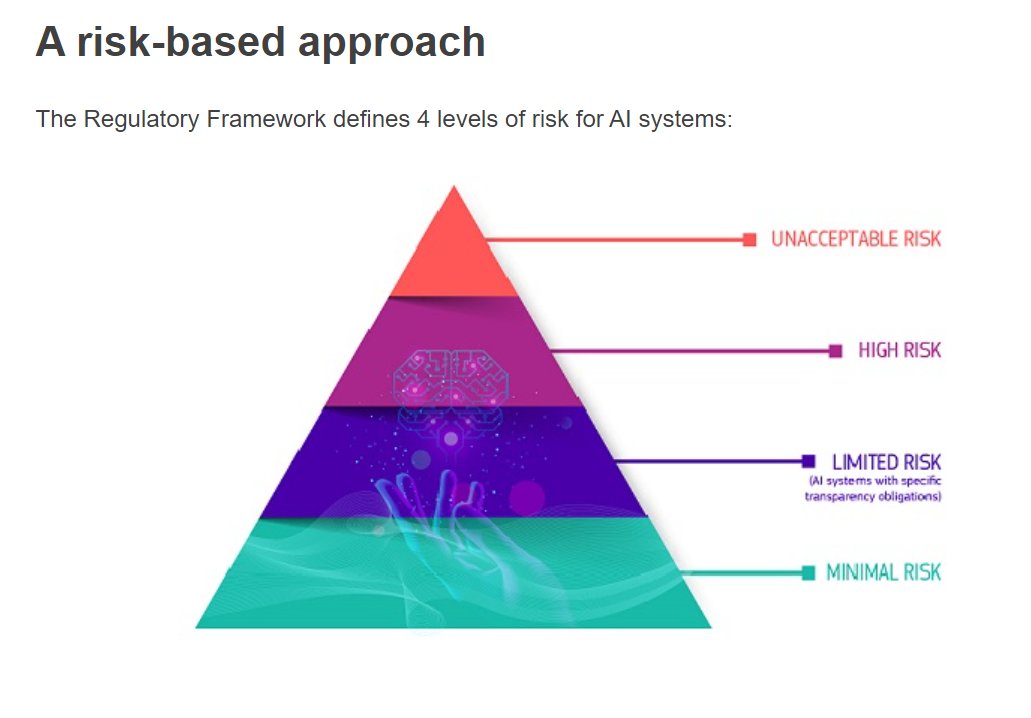

T1 And the #1 spot for most cited paper from RadiologyAI in 2022 goes to Assessing the trustworthiness of Saliency Maps for Localizing Abnormalities in Medical Imaging by Arun et al from Mass General Imaging! #RadAIChat pubs.rsna.org/doi/10.1148/ry…


T1 Third (but not least!) paper that shared the #2 spot was Classification of multiple diseases on Body CT scans using weakly supervised deep learning by Tushar et al. Duke Radiology #RadAIChat
pubs.rsna.org/doi/10.1148/ry…
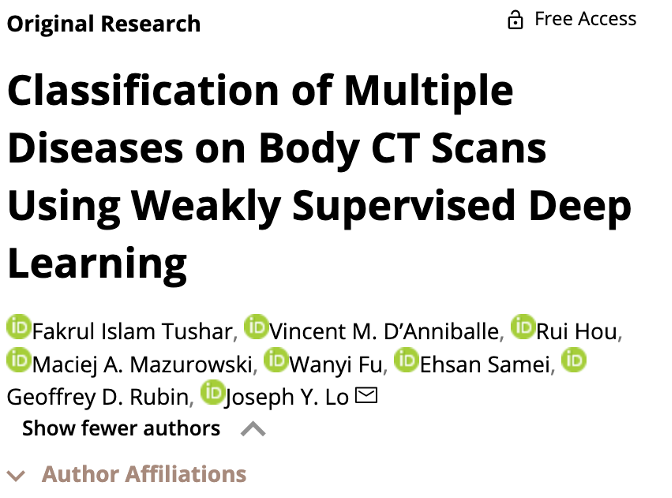

T1 Second paper that shared the #2 spot was Training strategies for Radiology Deep Learning Models in Data-limited scenarios by Candemir et al. Ohio State Radiology #RadAIChat
pubs.rsna.org/doi/10.1148/ry…
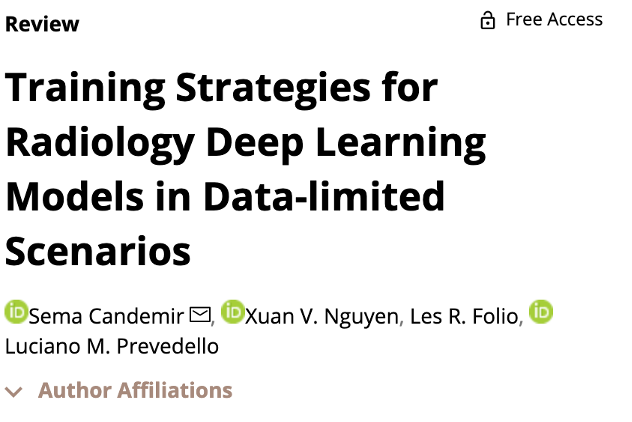
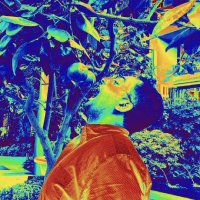
Our work on a new software for AI, the Generally Nuanced Deep Learning Framework (GaNDLF) has recently been accepted at Nat Comm Eng. The focus of GaNDLF is to enable zero/low code model training for healthcare. Find out more at mlcommons.github.io/GaNDLF 🧙🏽♂️
#RadAIchat

Model & data pruning, -omics can trim unnecessary info, reducing energy use & CO2 emissions in radiology. Leaner AI, greener future! #SustainableAI #RadAIchat #AIforGood 🩻⚡️
Example:
thelancet.com/journals/landi…
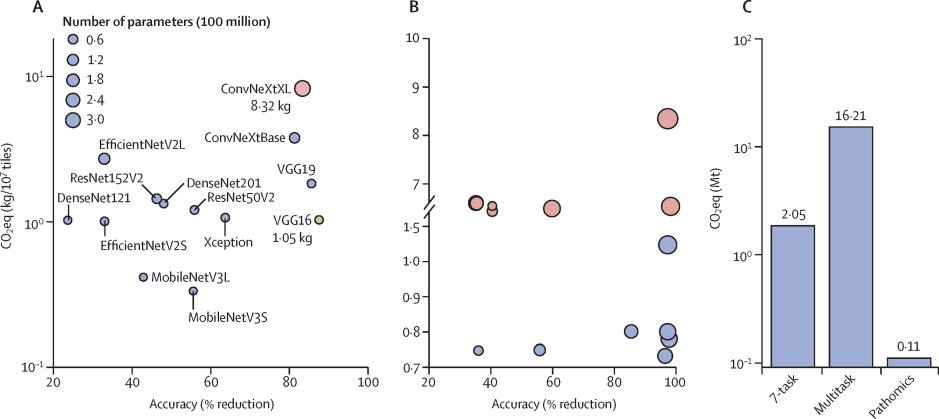

Mechanisms in place for AI adoption with NTAP in inpatient prospective payment system and HOPPS (hospital outpatient prospective payment system) but not straightforward pathways. #RadAIchat

Ensure the AI models give the 'uncertainty' measures could potentially be a good starting point! #RadAIchat

This concludes today's #RadAIchat . Many thanks to our experts and participants for the thought-provoking discussion. Our panelists will continue to engage with participants 🌍 for the next 24 hours. Join us for the next #RadAIchat on Jun. 5, 2024 at 8 PM ET.
